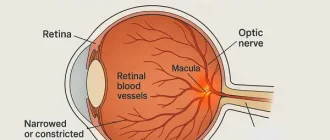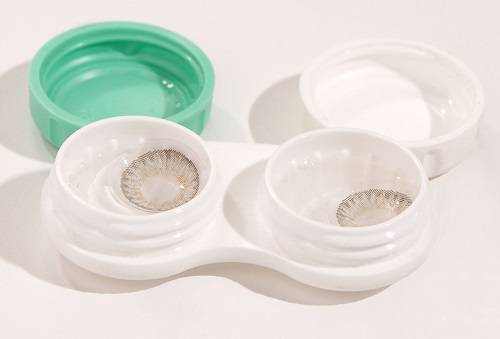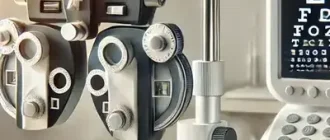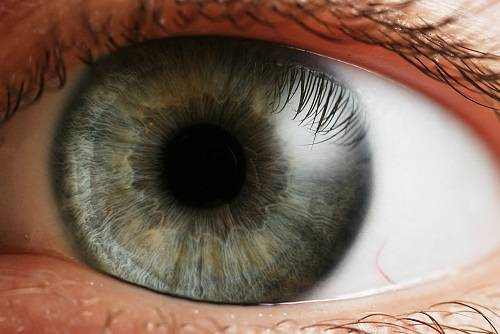When it comes to eye examinations, optometrists have a variety of tools at their disposal to ensure optimum eye health. One debate that often arises is the choice between optomap and dilation.
Optomap and dilation are both methods used to thoroughly examine the back of the eye, including the retina, blood vessels, and optic nerve. While both options have their benefits, understanding their differences can help patients make informed decisions about their eye care.
Optomap is an innovative technology that provides a wide-angle view of the eye without the need for dilation. By capturing a non-invasive digital image, optometrists can assess the eye’s condition quickly and comfortably. Using this method, patients simply rest their chin on a support and gaze into a device that captures a detailed image in seconds.
On the other hand, dilation involves the application of eye drops to enlarge the pupil, allowing for a detailed examination of the back of the eye. Although dilation is a tried-and-true method, many patients find it uncomfortable due to light sensitivity and blurred vision that can last for several hours.
So, which is the better option? It ultimately depends on the patient’s specific needs and preferences. Let’s break down some key factors to consider:
- Convenience: Optomap eliminates the need for dilation, making it a quicker and more convenient option. Patients can resume their daily activities immediately after the examination without any visual disruptions caused by dilated pupils.
- Comfort: Optomap is generally more comfortable as it doesn’t involve any drops or prolonged sensitivity to light. For individuals who have difficulty tolerating dilation, optomap provides a more enjoyable experience.
- Accuracy: Both optomap and dilation provide accurate assessments of the eye’s health. However, some studies suggest that optomap may offer a slightly better view of the peripheral retina, aiding in the early detection of certain eye conditions.
- Conditions and Risks: Optomap is suitable for most routine eye exams, but it may not be as effective in detecting certain conditions such as advanced diabetic retinopathy or certain types of retinal detachments. In such cases, dilation may be recommended for a more thorough examination.
To summarize the comparison between optomap and dilation, here’s a helpful table:
| Optomap | Dilation |
|---|---|
| Convenient and quick | Requires waiting time |
| Comfortable and non-invasive | May cause sensitivity to light and blurred vision |
| Provides accurate assessment | Provides accurate assessment |
| Better for routine exams | Better for detecting certain conditions |
| May not detect advanced conditions | More comprehensive view of the eye |
Ultimately, the decision between optomap and dilation depends on factors such as the purpose of the examination, the patient’s comfort level, and the optometrist’s recommendation. It’s important to communicate your preferences and concerns with your eye care professional to ensure the best possible care for your eyes.





